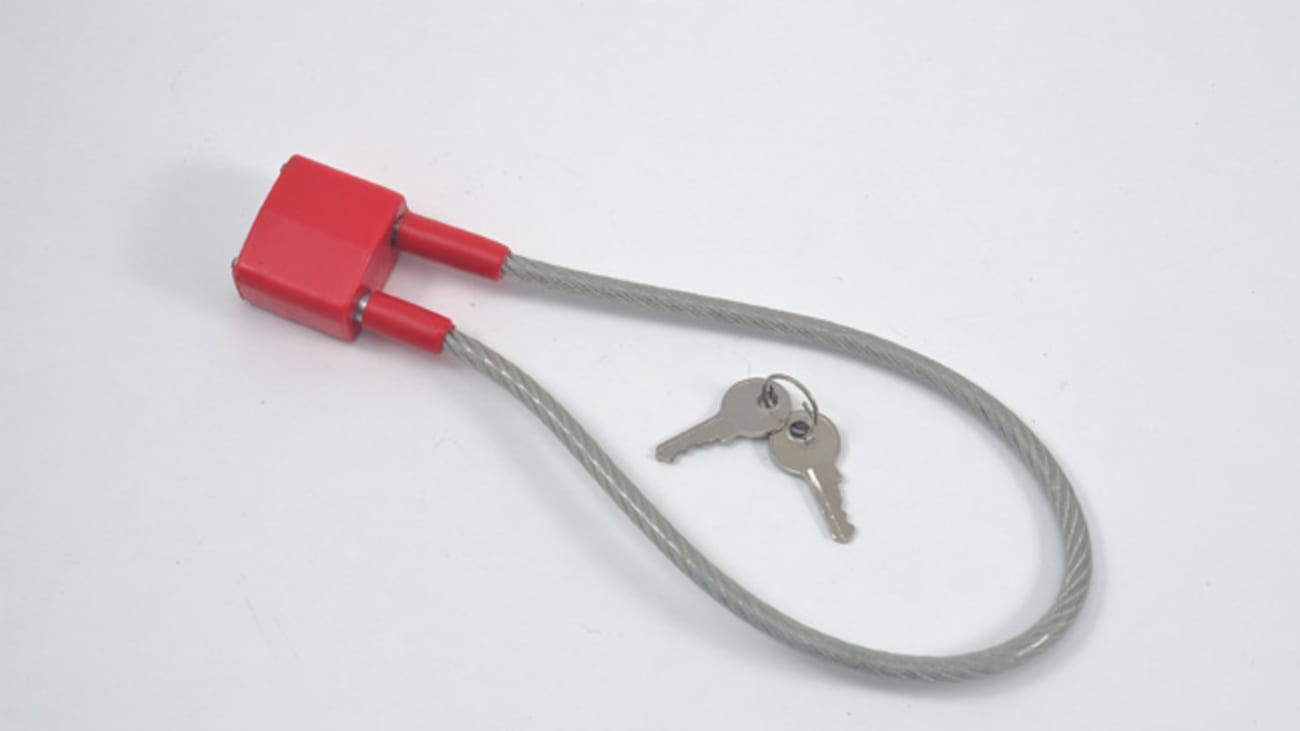

Researchers at MUSC Health find those under 18 years of age are more likely to suffer a mental health disorder in the year following a nonfatal firearm injury
For every youth who dies with injury from a firearm, at least four survive. These survivors led researchers at MUSC Health to look at new mental health diagnoses that may stem from nonfatal gunshot wounds in adolescents.
Betsy Oddo, M.D., a pediatric hospital medicine fellow at MUSC Shawn Jenkins Children’s Hospital, says firearm injury is the leading cause of death for youth in the United States. In a recent paper in Academic Pediatrics, Oddo and her team looked at pediatric patients in the year before they suffered their firearm-related injury and the year following.
“What we ultimately found is that in the time before their injury, a large proportion of these patients already had an underlying mental health diagnosis,” she said. “And then in the year after their injuries, another proportion went on to have a new mental health diagnosis.” Any physical disability they may experience from the injury adds to any mental stress they may also be feeling.
The level of risk depends on the type of mental health disorder prior to injury. Children diagnosed with depression are at a higher risk for suicide, and according to the Centers for Disease Control and Prevention, 3.2% of children between the ages of 3 and 17 have diagnosed depression — which equates to 1.9 million people in the United States. Rates of depression in children have only increased over time.
Oddo points to conduct disorder as another risk factor, as children with conduct disorders or substance-related disorders are more likely to be involved in community violence. While more common in boys than in girls, the lifetime prevalence of conduct disorder is 12% for boys and 7% for girls, according to American Family Medicine.
Patients in South Carolina have access to the MUSC Health Trauma Survivors Network, which provides a community of patients, families, health care providers and volunteers who can help people connect after a serious injury such as a gunshot wound. In addition to connecting trauma victims with mental health services when they are first admitted to the hospital, MUSC Health physicians can also refer patients to the hospital-based violence intervention program that will soon start to see children over the age of 13.
Physicians at MUSC also screen children who enter the hospital or emergency room with mental health concerns as well as asking about any firearms at home. If there are firearms in the home, Oddo can offer free gun locks to the family and free counseling on safe gun storage as an injury prevention method. She thinks discussing access to firearms should be a regular part of any pediatrician visit.
“This paper just goes to show that the mental health epidemic in this country and the firearm violence epidemic in this country are intertwined,” said Oddo. “It’s important for us to address mental health needs in the population of children who have suffered a firearm injury.”
Oddo and her team plan to look at the ways these children are utilizing the mental health care system in an effort to understand if they are getting adequate attention in the timeframe needed following a firearm-related injury. She advises any parents who are concerned about mental health disorders in their children to be mindful of guns in their homes, urging parents to keep weapons locked away and to keep firearms separate from ammunition to reduce the odds of the physical injury and mental health damage that a firearm injury can inflict.
Progressnotes Summer 2021



